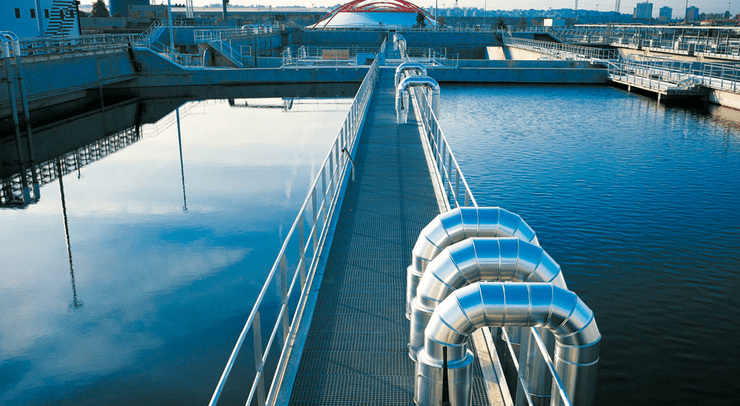Better retreatment processes for effluent waste water

Since 2014, the project MOCOPÉE (acronym in French for MOdelling, Control and Optimization of Processes used in Waste Water Treatment) has brought together the forces of SIAAP, UTC, IRSTÉA as well as numerous academic and industrial partners. This ambitious programme, with several research axes, aims at making measurements of pollutants more reliable, improving the waste water treatment process management, creating predictive tools to make maintenance of equipment easier and to value add to the by-products.
Effluent waste treatment station operators and associate industrialists must comply with increasingly stringent and more numerous standard requirements, hence the need to increase the accuracy and frequency of physico-chemical inspections. Moreover, the other objective to reduce costs and improve on the efficiency of the depollution protocols raises new scientific and technological challenges. Inasmuch as MOCOPÉE enhances and enriches the exchanges among local authorities, research laboratories and industrialists, it was created to accelerate the emergence of new, innovative solutions. The SIAAP (acronym in French for interdepartmental agency for the Paris Basin treatment), a major player in effluent waste water management, with 8.5 M inhabitants in the Greater Paris (Île-de-France Region) area, UTC and IRSTÉA were desirous to set up an association in this framework, for the purpose of benefitting mutually from return on experience (ROE) and the skills of the other actors.
“Through our collaboration with the operator of the largest treatment plant in Europe (Achères near Conflans-Sainte-Honorine), we have access to a vast experimental station”, explains Prof. André Pauss, Head of the UTC-TIMR Laboratory (Integrated Transformations of Renewable Matter). From the standpoint of the industrial partners, that fact that a multitude of certified data from the Greater Paris SIAAP sites can be accessed has enabled the scientists and engineers involved to develop new products and to test them, full scale, on the experimental station site. Alternative analytical methods launched by the companies Watchfrog and Envolure derive from this collaboration.
Attaining operational solutions via research
There some unavoidable topics for both operators and industrialists here that have not as yet been given much attention in scientific documentation are at the heart of TIMR research carried out during the first four years of MOCOPÉE. The design, for example, of a tool to measure nitrites has now been embodied as a standardized process. UTC-TIMR and research scientists at Ecole Polytechnique worked together to assemble and bench-test this high precision device.
“We were polyvalent in our work, but UTC focus was especially on sensors and associate algorithms while the Polytechnique scientists looked at command/control functions”, adds André Pauss. This particular innovation is now in its pre-industrial phase and will be made rapidly available for the professionals of the sector. One of the major axes being investigated relates to gaining a better understanding of the physico-chemical phenomena at play in the treatment reactors. One of the eight theses defended (or in the course of finalization) in the framework of MOCOPÉE, examines the production of foam in the reactor vessels. Manel Larachiche, a young UTC PhD student is working currently on the characterization and prediction of this as yet largely unknown feature.
The ultimate aim is to reduce systematic reliance on anti-foam admixtures and to anticipate the occurrence of foaming, so as to be able to control expenses and decrease pollution. Another PhD student is working on digital modelling of a complete treatment plant. “Some models do exist but only at the scale of a single reactor, a single network or a single station outflow; what we are looking at is the possibility to reproduce the entire plant operation from input to outflow”, details the Head of TIMR. As of 2018, MOCOPÉE moves into its phase II. Optimizing the maintenance of treatment installations and plant will be part of the next 5‑year research programme. Participation of the UTC-GM (Mechanical Engineering) Laboratory will enable fine-scale investigations of corrosion in concrete and steel structures.




